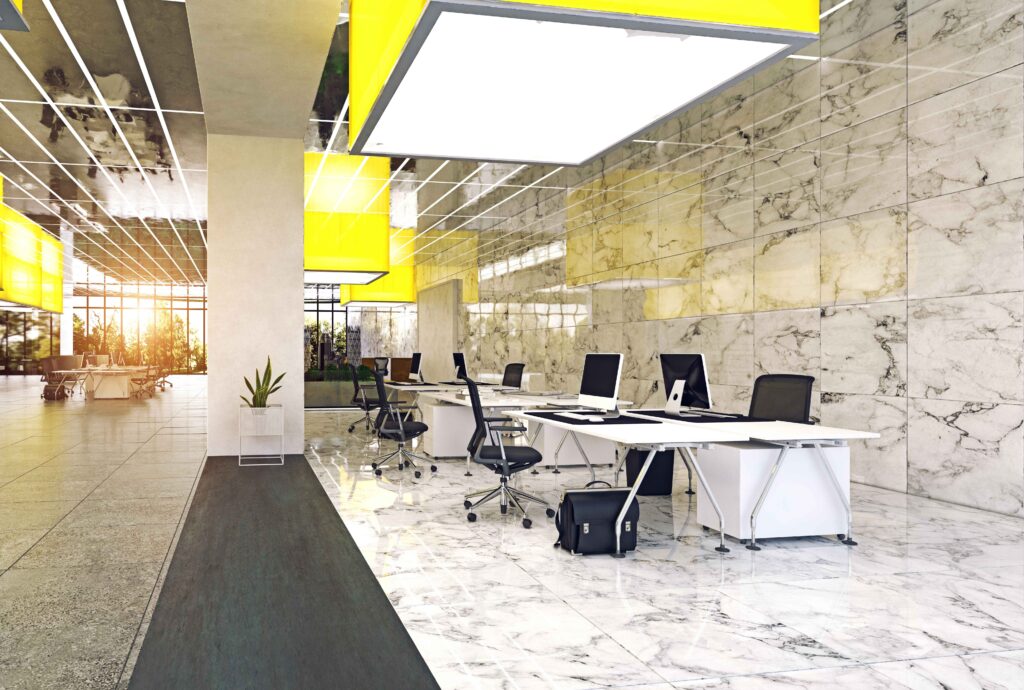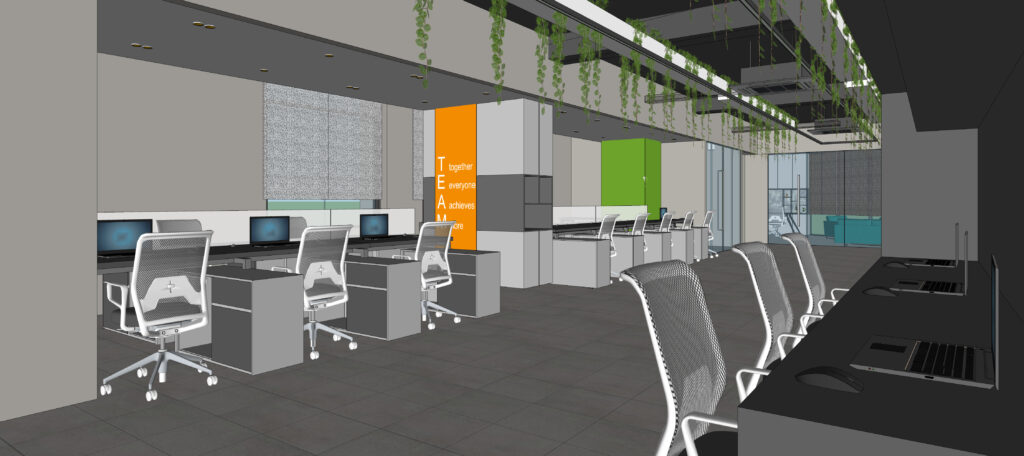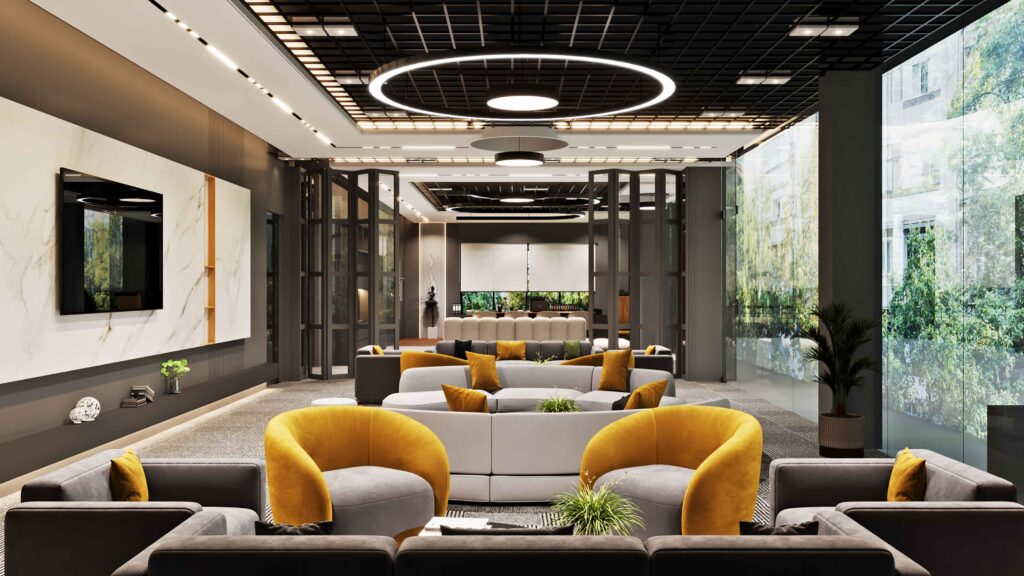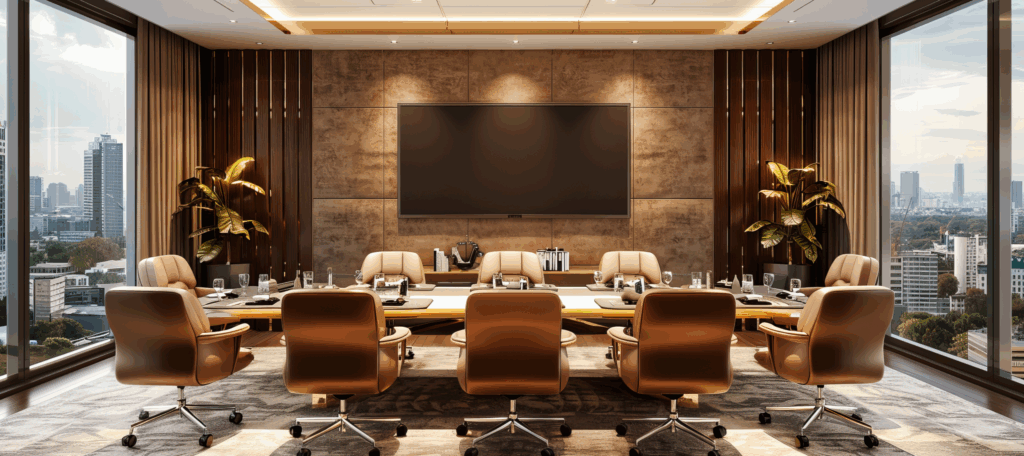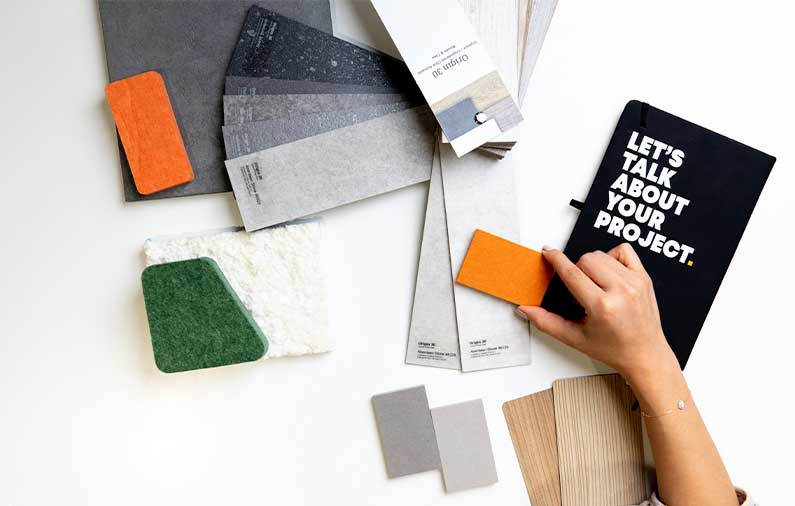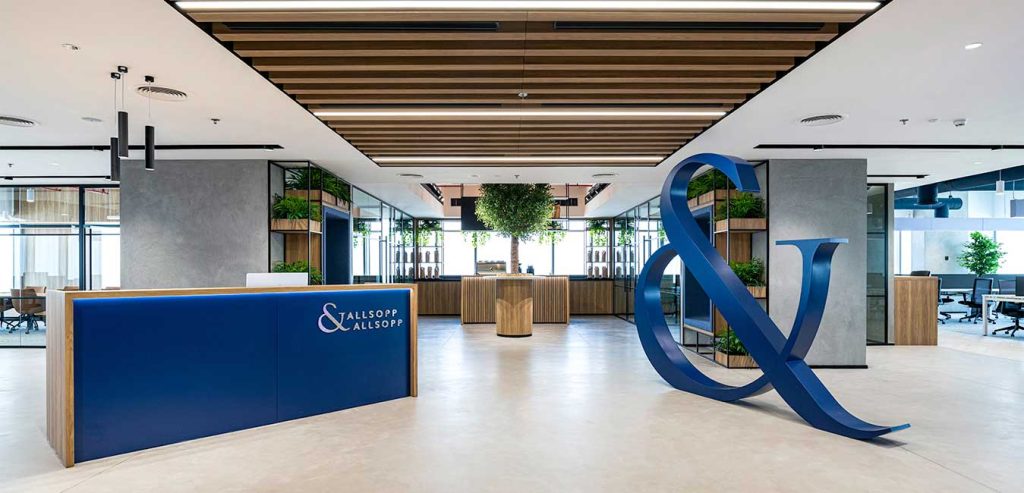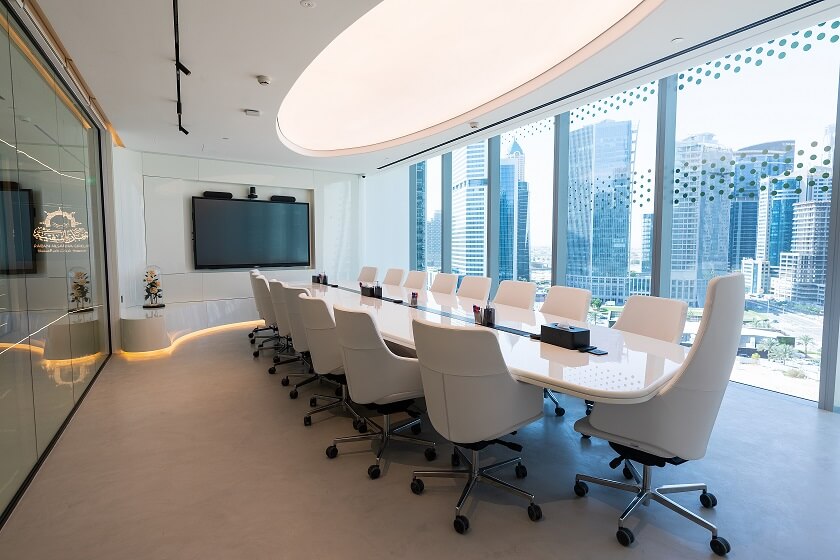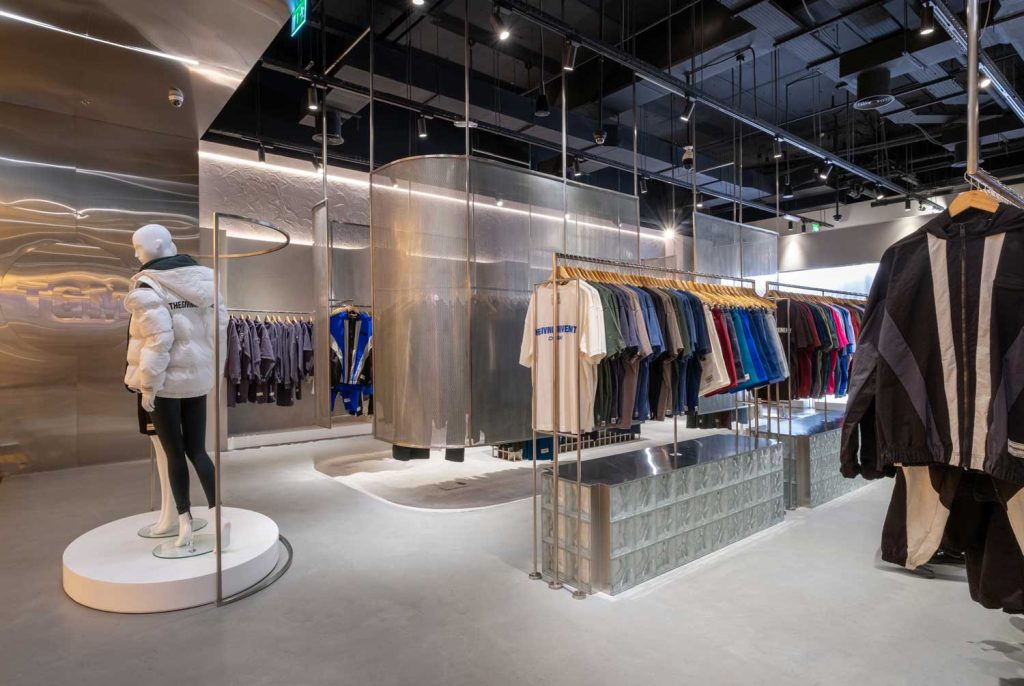Why interior designers are looking to neuroscience
Design has always influenced how people feel and behave, but today, science is helping designers understand why. The growing connection between neuroscience and interior design is transforming how spaces are created, particularly in workplaces, hospitality venues, and commercial interiors across the UAE.
At Horton Interiors, this approach plays an important role in how we plan and deliver environments that not only look good but feel right. By understanding how lighting, colour, texture, and layout affect human emotions and behaviour, we can design spaces that truly enhance performance and wellbeing.
The science behind better spaces
Neuroscience studies how the brain responds to sensory experiences. When applied to interior design, it helps us see how a space can shape mood, productivity, and even decision-making. A calm colour palette can reduce stress, while natural light and greenery can increase focus and happiness.
Every detail, from the temperature to the placement of furniture, can trigger subtle responses in the brain. These insights allow designers to make thoughtful choices that improve how people experience their surroundings.
Enhancing workplace performance
In the modern workplace, design has a measurable impact on how people think and work. Neuroscience helps create environments that boost focus and collaboration by aligning design elements with the way the brain functions.
For example, open layouts with social zones can encourage creativity, while quiet areas support concentration. Balanced lighting, acoustic control, and ergonomic layouts reduce fatigue and improve overall satisfaction.
This people-first approach is a key part of our Design & Build and Fit-Out projects, helping businesses create spaces that inspire performance and retain talent.
Emotion and brand connection
In retail and hospitality design, understanding emotional triggers helps shape stronger customer experiences. Neuroscience reveals how sensory elements such as sound, texture, and lighting can influence perception and memory.
A well-designed restaurant or store does more than serve or sell; it creates an emotional connection that builds brand loyalty. By combining design insight with scientific understanding, designers can craft environments that leave a lasting impression.
The future of human-centred design
As neuroscience continues to evolve, it offers new ways to refine how we design spaces. Artificial intelligence and data analytics are now helping designers understand behavioural patterns, providing valuable feedback for continuous improvement.
At Horton Interiors, integrating neuroscience into our design process means creating interiors that go beyond aesthetics. They respond to people on a deeper level, supporting comfort, performance, and wellbeing.
Design is not just about how a space looks but how it makes people feel. If you are ready to create environments that enhance both emotion and efficiency, speak to our team at Horton Interiors today.




